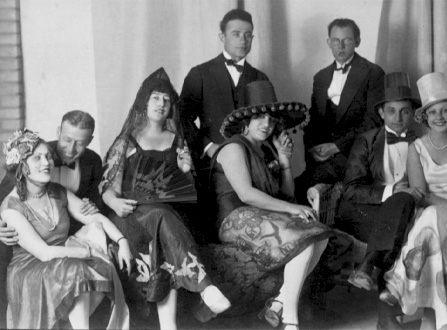Purim
Purim is a Jewish holiday. It is celebrated on two dates, the 14th of the month of Adar, and, in walled cities like Jerusalem, on the 15th of Adar (also called Shushan Purim). During a leap year, a second month of Adar is added to the Jewish calendar, and it is customary to celebrate an additional festival known as “little Purim” in the month of Adar I, as well as the main holiday in Adar II.
The origin of the holiday is related in the Book of Esther, which tells of how Queen Esther and her uncle Mordechai saved the Jews of Persia from a massacre at the hands of Haman the Agagite. The festival draws its name – Purim, from the pur ("lots") cast by Haman, to determine the day for carrying out the massacre of the Jews in the Persian Empire, a tragedy that was ultimately avoided.
The eve of Purim, the 13th of Adar, is a fast day known as the Fast of Esther (Taanit Esther).
The Commandments of Purim
The Purim holiday has several commandments (mitzvot), the main one being the reading of the Book of Esther on the eve and on the day of the festival. It is also customary to give gifts to the needy on Purim, deliver a mishloah manot ("gifts of food") to family and friends, as well as eat a festive meal. One of the customs during the Purim feast is to drink “ad d’lo yada,” meaning to drink until one cannot distinguish between “accursed is Haman" (arur Haman) and "blessed is Mordechai” (baruch Mordechai)
Purim is a holiday characterized by joy and celebrations across the country, and one of its main characteristics is the wearing of costumes among children and adults alike, a custom that probably originated in the Middle Ages in Venice, influenced by the local masked carnival.
In addition, there is a long-standing custom in the Land of Israel of Purim processions; the most famous is the Adloyada parade. The first Adloyada was held in Tel Aviv in 1912, and over the years, it spread to other cities in Israel.
Like the festival of Hanukkah, Purim does not have its roots in the traditions of the Torah, only becoming an established Jewish holiday at a later stage in history.
Purim at the National Library of Israel
The National Library of Israel preserves many materials related to Purim that are available for viewing in the Library and from home, including a rare and spectacular collection of Esther scrolls, photographs of Purim celebrations held in the Land of Israel over the years, recordings of Purim songs, photographs of Adloyada processions, posters and more.









